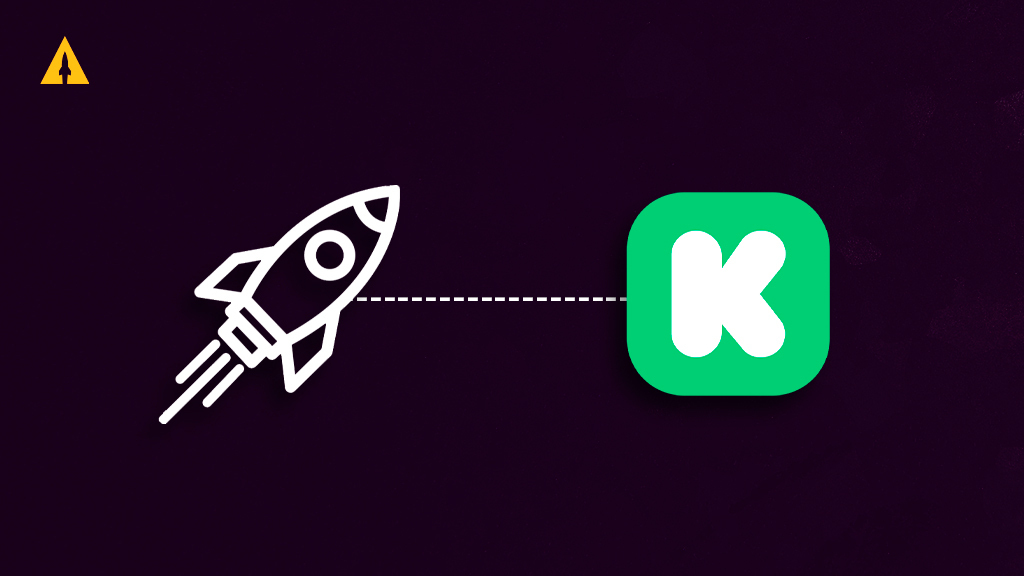
Kickstarter is one of the most popular platforms for crowdfunding, and there are many reasons why you’d want to launch there. It’s an active community of people waiting to back the newest thing, making it a fertile place to bring your innovative product ideas to life.
But how exactly do you launch a product on Kickstarter?
Launching a product on Kickstarter requires a lot of little things done right, but if you have the right checklist of things you need, the process becomes much more demystified. One thing is for sure: You first need to be able to validate the market for your product. Without this crucial first step, it’s risky to launch at all.
Contents
Key takeaways
- Determining your ideal target audience and product positioning
- Planning a Kickstarter campaign, from creating a budget to running digital ads
- Launching a campaign the right way and analyzing the results
Define your product to launch on Kickstarter
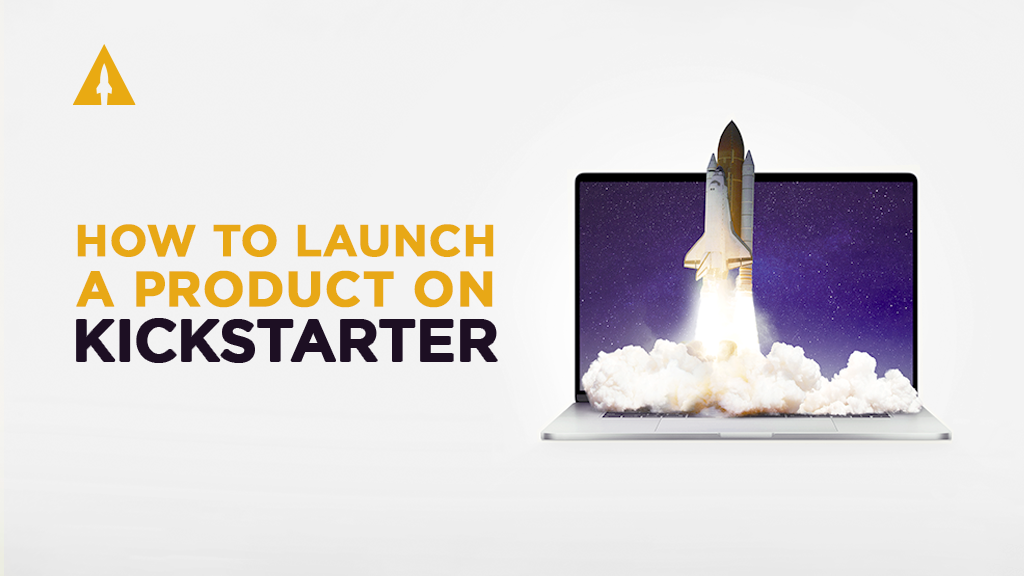
The first milestone every creator must hit is properly positioning their Kickstarter product. Without this foundational step, the chances of crowdfunding success are less predictable.
Good product positioning means being able to effectively communicate the value of a product to the audience. There are two key ideas creators need to understand to make this happen:
- Target audience: These are the people you need to find who will be your potential backers. They are experiencing the exact problem that your product can solve.
- Unique value proposition (UVP): This is the solution to your target audience’s problem. It’s vital to be able to communicate this clearly.
Let’s break these concepts down a little further.
Audience
A helpful resource to get started on defining your target audience is what we call the Consumer-Based Brand Equity (CBBE) pyramid. Each question can be answered starting at the bottom and working up the pyramid. The goal is to answer as if you’re speaking to someone who knows nothing about your product.
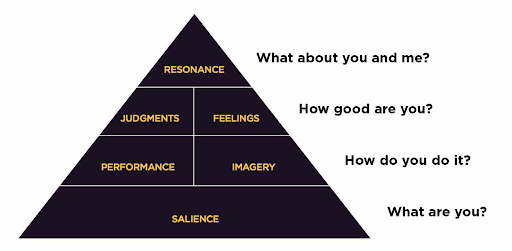
Once you’ve filled out the CBBE questionnaire, you’ll be able to more accurately identify who you think your target audience is. Try to create three target audiences using the following template as an example:
Audience #1: Snowsport enthusiast
- Age range: 25-44
- Gender: Male/female
- Interests: Atomic skis, Fischer, snowboard, cross-country skiing, Snowboard Magazine, Freeskiing, Transworld Snowboarding, Freeskier Magazine, backcountry skiing, ski mountaineering, alpine skiing, freestyle skiing, Burton snowboards
- Geographic location: United States
Your three defined audiences will come into play later when you reach the advertising stage of the campaign pre-launch.
Features
Now that you’ve defined your audience, the next step is to refine your messaging. Remember that having a list of features is good, but being able to communicate why those features matter to the consumer via a UVP is paramount.
A good way to start the process of value positioning is to identify three differentiators between your product and products like it. Finding three might be a challenge, but finding one is essential. If you can’t identify one differentiating feature in your product, it’s going to be difficult selling your product to anyone.
Some good questions to ask yourself during this process are:
- Why would you be missed if your product suddenly disappeared off the market?
- How is your mission in alignment with your customer’s mission?
- Why will your customers only choose you?
Make separate lists of your product’s physical features and value propositions, and use them to start crafting different headlines and subheadlines. These early building blocks will be used later for running digital ads and setting up your Kickstarter campaign page.
Plan your product to launch on Kickstarter
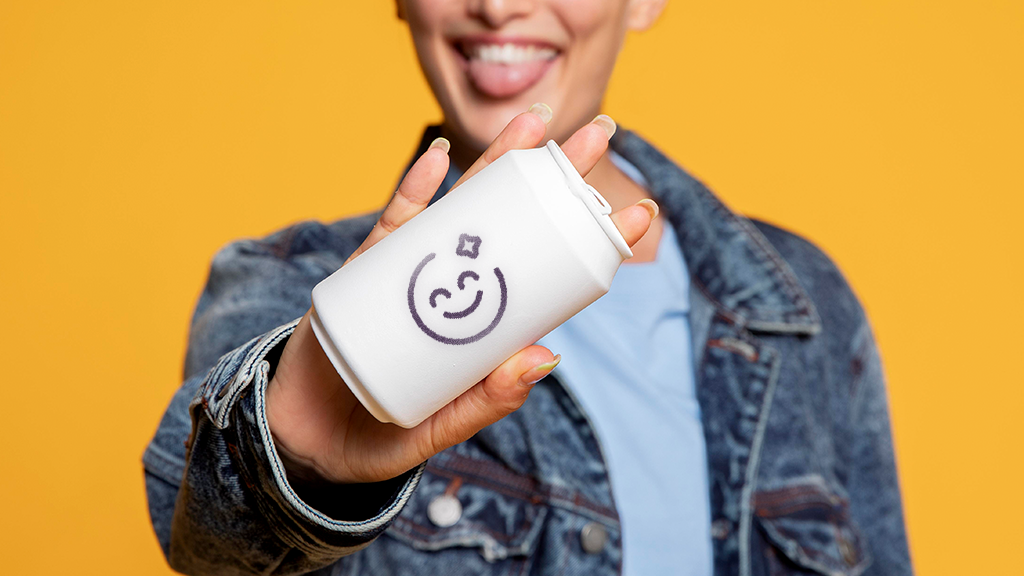
Once you determine that your product has a good chance for crowdfunding success, it’s time to plan the roadmap to launching on Kickstarter. This is called the pre-launch phase, and it’s where you can make or break your campaign.
From determining your funding goal to testing product positioning with Meta ads, there are several checkpoints you need to hit in pre-launch to make the actual process of launching a lot less stressful.
Let’s start by analyzing how to set a campaign duration.
Determine your campaign duration
There are some differing opinions about how long a Kickstarter campaign should last.
Campaigns on Kickstarter can last for as little as one day or up to 60 days, but there are some noticeable downsides to running close to those extremes. Too short and you’re leaving money on the table; too long and your campaign runs out of steam.
Instead, we always recommend to keep campaigns active for 30 days at the most. This duration is just enough time to earn a sizable raise and create the urgency needed to get people to hurry and back your product.
How much money you need
Running a Kickstarter campaign isn’t cheap. There are so many expenses to consider, from ad spend to setup costs for things like your campaign video, graphic design, etc. But knowing the common pitfalls to avoid and how best to invest your resources make the process more affordable than people think.
We like to assure people that crowdfunding reduces your risk, since you can launch without inventory. In traditional product launches you need to front the money for a full batch of inventory from the start, which can come back to bite small businesses who can’t move their product.
As long as you have the funds to confirm the demand for your Kickstarter product via careful pre-launch advertising, you can easily make the money back after your campaign to pay yourself back on top of being able to manufacture your first round of product.
Create a website
If you have the resources, go ahead and create a dedicated website for your upcoming product. If you don’t have the time or manpower, that’s fine too. You don’t need a traditional website to build a functional reservation funnel.
The reservation funnel is your pre-launch bread and butter. Here’s a high-level overview of what it will look like:
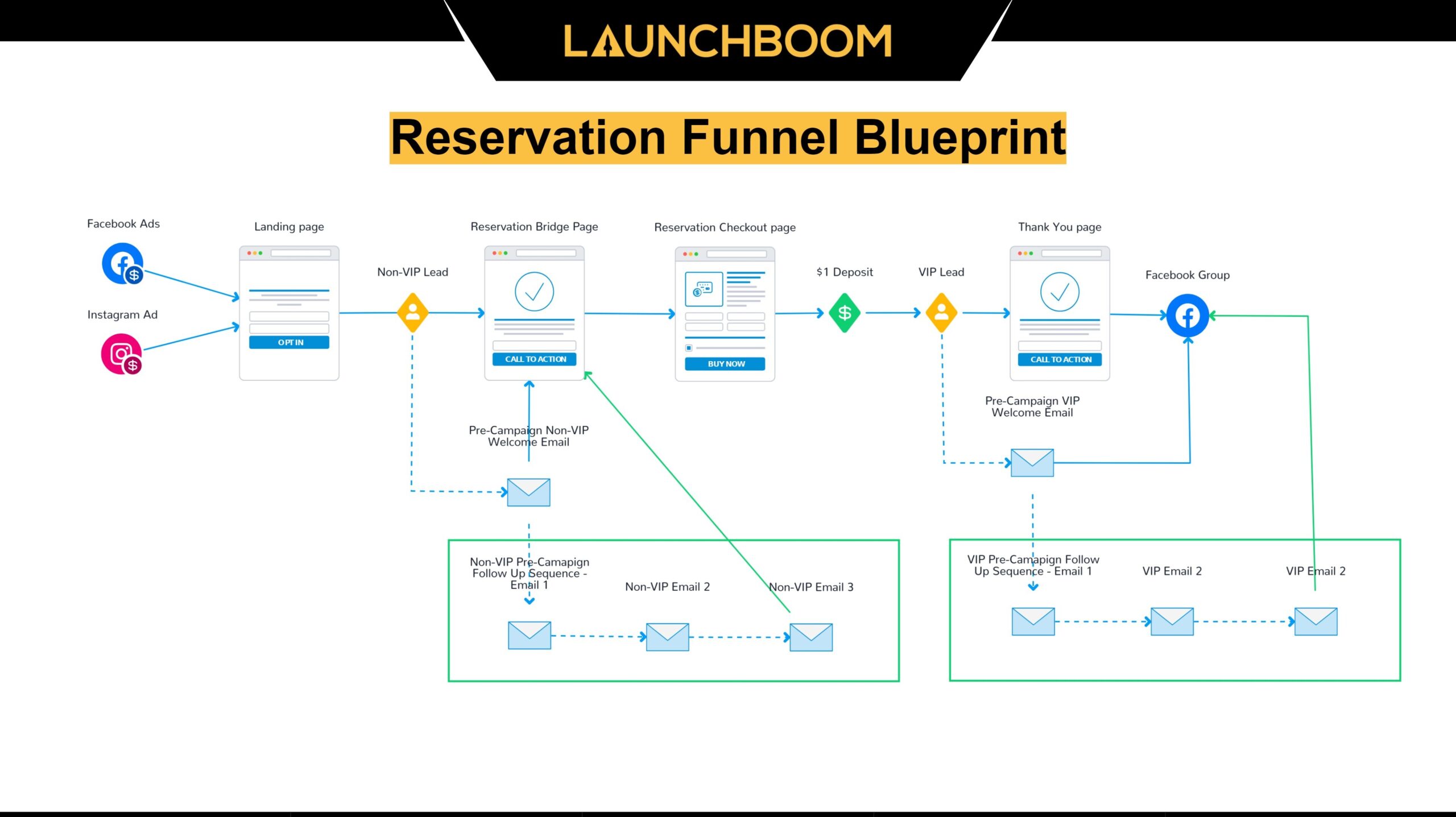
The main components you will need are a landing page, reservation page, checkout page, and thank you page. As long as you have these key ingredients, you don’t have to worry about your product being perceived as illegitimate. Backers on crowdfunding platforms understand that creators are still in the very early stages of their business.
Prepare a page for your campaign
Earlier, we talked about how you’d be able to start workshopping different headlines and subheadlines after filling out your CBBE questionnaire. Your campaign page will be the final form of these early ideas.
This will be one of your most important marketing assets since it will be the page potential backers see when your campaign is live. One thing to keep in mind as well is all of your pre-launch advertising can contribute greatly to the content of your campaign page. You’ll know what images are most effective, what copy can convert, and what features resonate best with the target audience.
Don’t forget to put special care into your campaign video, because it is one of the first things people will see when they come to your Kickstarter page.
Make good copy and good designs
The process of designing an effective campaign page can be broken down into two parts:
- Writing persuasive copy
- Creating strong visuals
Copy should always come first. Think of it as writing an outline for an essay — you need to have the skeleton of the page to help everything else fall into place. Don’t be too intimidated by the copywriting portion of the process. Most people can write persuasive enough copy. Even if you’re not totally confident, there are some tips we can share to make the process easier:
- Look at how other successful campaigns in the past laid out their pages for inspiration.
- Be clear, not clever. Don’t confuse people with flowery language that takes away from the main point you want to get across.
- Borrow copy from your reservation funnel to help fill out the page.
When it comes to design, we have some equally useful tips for you to implement.
- Feature clouds: This is where you have your product in the center and have several branches pointing to different design features. These are always effective while being fairly minimal.
- GIFs: They show your product in action and they are great for breaking up a static campaign page. What’s not to love?
- Bold and Italicize: It might sound obvious, but these design accents go a long way as scroll stoppers.
And if you don’t feel comfortable in your design chops, we recommend using Canva. It’s a free graphic design tool that can save you a lot of headache and help you get your visual assets done faster.
Test the page
We’ve alluded to this already, but we always stress the importance of testing your copy and visual assets. The ideal testing ground for your campaign page designs are in your ads, and there’s a systematic way LaunchBoom does it.
As a brief overview, the process of testing ads works by a process of elimination. First, you would isolate a variable like headlines, imagery, or the particular feature you want to spotlight. After choosing a variable, you would then make two different ads and send them to people in the same audience to see which one performs best. Once you know which does better, you know what is more likely to get good traction moving forward.
Start with a new variable — or test a new idea using the same variable — rinse, and repeat. If you’ve done this thoroughly enough in pre-launch, you’ll have banked a bunch of proven headlines and assets that you can be confident will work on your campaign page.
Start raising funds for your product
There’s a lot of nuance to running a live campaign, but the most important thing to know before going into it is the importance of starting strong. If you follow the LaunchBoom strategy during pre-launch, you’ll be able to build a reservation list of potential backers who are 30x more likely to convert when your campaign goes live. By leveraging this list, you can exceed your funding goal in the first 24 hours of being live.
This sudden burst of funding on the first day has invaluable secondary benefits. Kickstarter will actually highlight your campaign for other users of the platform, giving you an organic boost of traffic you wouldn’t have gotten otherwise. Also, being able to put a banner on your campaign page that says something like “Funded in the first day” acts as social proof for people who are on the fence about backing you.
Analyze your results
Another great benefit of exceeding your funding goal early on is it makes analyzing your results less stressful. Because you’re not worrying about scrambling to hit your goal before the end, you can focus on the things that will yield greater results later on.
One of the most important things to analyze is the feedback from people who have already backed. Typically, these people will engage with your campaign page or social media channels with some kind of feedback or questions, so be active in addressing any and all concerns directly. Giving your backers this level of customer service goes a long way in building a positive reputation for your business.
Another thing to look out for is opportunities to upsell. Sometimes, your audience will give you an idea for an extra add-on that they’d be willing to buy that pairs well with your product. Tacking on more opportunities for people to buy can help boost your final raise and drive more interest in your campaign in the final stages.
Final thoughts on how to launch a product on Kickstarter
With all of the steps highlighted in this guide, you are well on your way to achieving crowdfunding success on Kickstarter. Even if you haven’t committed to the process 100%, these tips are the perfect primer for you to start planning what a potential campaign might look like for your product idea.
But even with this information, there’s still a lot to learn about how to launch a product on Kickstarter. If you’d like to learn more, click here to set up an appointment with one of our product launch experts. The LaunchBoom process to crowdfunding is easy, quick, and really works! We’re happy to help you no matter what stage you’re in on your crowdfunding journey.
How to launch a product on Kickstarter: Frequently asked questions
What are the first steps to launching a product on Kickstarter?
The most crucial first steps to launching a product on Kickstarter are identifying your product’s UVP, setting up your reservation funnel, and validating your product. The reason this is so important is that if you don’t generate good enough metrics in pre-launch that there’s a big enough audience interested in backing your product, you can postpone your Kickstarter campaign and go back to the drawing board to see what you can change to improve your product according to your target audience’s desires.
Can I launch a product on Kickstarter without a prototype?
No. On Indiegogo you are allowed to use photorealistic renders on your campaign page. On Kickstarter you are not. Kickstarter’s rules state you must have a functional prototype to launch your campaign, and their team will conduct a review before launch to make sure you clearly show your prototype can do what you claim.
Can you put an existing product on Kickstarter?
Kickstarter is designed for launching new products and bringing creative ideas to life. It’s not a platform for selling existing inventory or products that are already commercially available. Focus on innovation or significant improvements to existing products if you’re considering Kickstarter for a product that has been previously released.
Should I patent my product before launching on Kickstarter?
Protecting your intellectual property can be crucial, especially in competitive markets. Consider filing for a provisional patent to secure a filing date before publicly disclosing your invention on Kickstarter. This step can provide temporary protection, allowing you to seek full patent protection within a year. However, the necessity and timing of patent filing can vary based on your product and strategy, so consulting with a patent attorney could be beneficial.




